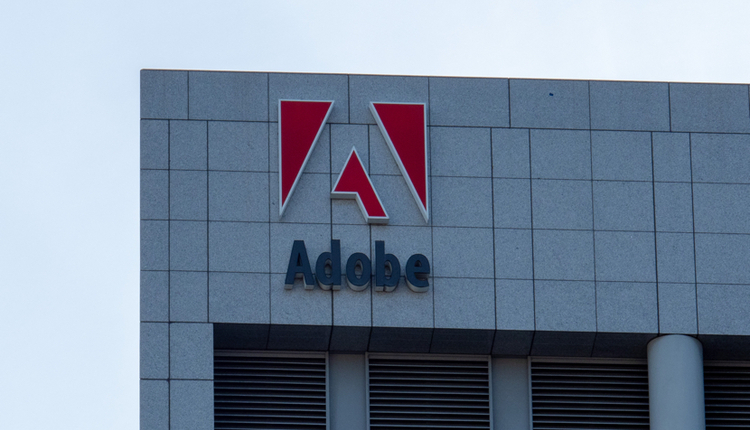
Disruption has become the new industry buzzword these days. At every conference I’ve attended this year, “disruption” or “digital disruption” finds its way into the keynote. I am not setting you up for a sarcastic comment here—disruption is actually a very real phenomenon across all industries and business disciplines. Information technology (IT) is being disrupted; sales and marketing are being disrupted; human resources (HR) is being disrupted, which brings me to the driving force behind the disruption: people.
Since people are at the heart of this digital disruption, the main things businesses have to address are leadership and creating better employee experiences, which, in turn, impacts creating better customer experiences. Companies cannot wait for a crisis to change business models, culture and strategy. They have to make the shift now in light of digital disruption.
Clearly, digital technologies have disrupted many enterprises, transforming their business processes and the interactions of the people involved. The digital phenomenon is hard to control: It’s like a tidal wave that already affects the business in ways we haven’t even named yet. We develop new roles with “digital” in their titles to try and manage it, but that’s not very effective.
It’s not effective because “digital” is more than a role. It’s a change in culture and mindset and a willingness to accept that we can’t control everything. When technology is brought to bear, all we can do is focus on business outcomes. For example, we need to realize that the disparate ecosystem of internal and external constituencies that encompass the enterprise and its suppliers, partners, customers and workers now acts as if there is no separation between “inside” and “outside.”
Since people are at the heart of this digital disruption, the main things businesses have to address are leadership and creating better employee experiences, which, in turn, impacts creating better customer experiences. Companies cannot wait for a crisis to change business models, culture and strategy. They have to make the shift now in light of digital disruption.
Clearly, digital technologies have disrupted many enterprises, transforming their business processes and the interactions of the people involved. The digital phenomenon is hard to control: It’s like a tidal wave that already affects the business in ways we haven’t even named yet. We develop new roles with “digital” in their titles to try and manage it, but that’s not very effective.
It’s not effective because “digital” is more than a role. It’s a change in culture and mindset and a willingness to accept that we can’t control everything. When technology is brought to bear, all we can do is focus on business outcomes. For example, we need to realize that the disparate ecosystem of internal and external constituencies that encompass the enterprise and its suppliers, partners, customers and workers now acts as if there is no separation between “inside” and “outside.”
So again, companies have to shift and change business models. In light of disruption, business leaders need to be proactive. Do not wait until change management means, please, change management! By then, it is too late and you are completely disrupted. In the current climate, leaders have to build organizations that can change as fast as change itself.
Companies have to adjust and develop clear strategies as digital disruption impacts their employee, customer and partner relationships. However, there are still physical processes that need to be managed. Going forward, it will require companies to manage both physical and digital processes together. Enterprises will need to measure the impact to customers and all constituents as the analog and digital worlds intertwine. Traditional business operations have to be managed with the new.
Most critically, companies need to listen to their customers, understand their demands, focus on the entire customer experience and evolve new business models to optimize it. Changing focus and undergoing transformation in light of digital disruption will help win the talent war and expand the partner ecosystem, but a company’s top priority should be how its customers experience the company and their relationship with it. It is, after all, the customer’s experience, not the company’s, but it is the heart of the company’s life, and that may be the only fixed star in this rapidly changing digital landscape.
Added to that, the actual teams and people within companies have to be valued and engaged. You will realize that whether it is customers, employees or partners, they are all people and require companies to create better experiences for them. This focus on people and then the true outcomes in every line of business will bring better alignment throughout the organization if done in concert with a team-based mindset.
Dave Smith is the research director and lead analyst for collaboration at Aragon Research. Previously, Mr. Smith was a research analyst at Gartner, where he covered collaboration and web conferencing. Follow him on Twitter @DaveMario.






















